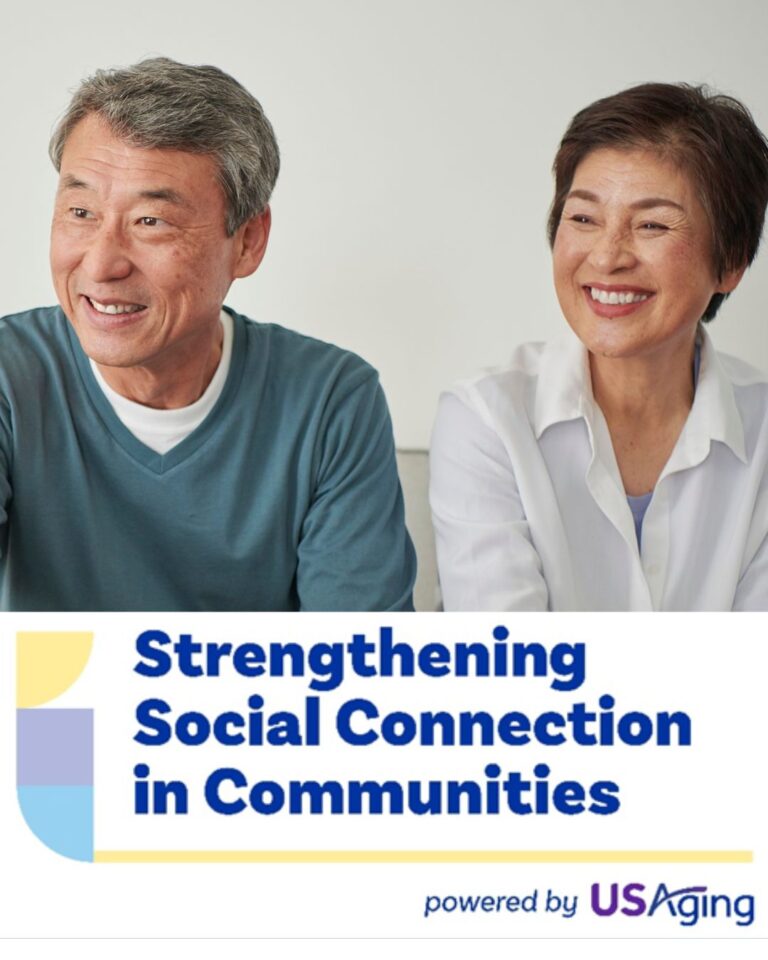This story first appeared in our 2023 annual report.
Being a parent of young children can be overwhelming. Why isn’t my baby crawling yet? What if I can’t afford diapers? Are they eating the right things? The pediatrician’s office can be a great resource, but not every parent has the same access to care.
Parents need an organized, barrier-free, centralized access point to connect them with the resources and support services they need. That’s why the Health Foundation brought the Help Me Grow model to western New York in 2011 with six pediatric primary care practices conducting developmental screenings of children from birth through age five.
The program offers families:
- Information on child development and parenting.
- Referrals to community resources through services like 211, such as early intervention agencies, family therapy, literacy support, mentoring, tutoring, parenting classes, recreational activities, and more.
- Questionnaires to help parents discover their child’s strengths and uncover any potential areas of concern.
Help Me Grow New York:
17 Counties Covered
More than 20,000 Children Served
30,000+ Screenings Completed
In the years since the Health Foundation brought Help Me Grow to western New York, the program has spread to serve families in several other regions of New York State. In 2017, our partners at the Ralph C. Wilson, Jr. Foundation made a $1.8 million commitment to Help Me Grow in western New York. Help Me Grow networks have also been established in Long Island and Rochester. In 2018, with the Health Foundation’s support, Help Me Grow was brought to Onondaga County.
In 2023, a group of agencies, including Oswego County Opportunities, Oswego County Early Childhood Alliance, Citi BOCES, the Richard S. Shineman Foundation, Oswego County government, and the New York State Office of Children and Family Services, convened to determine how Help Me Grow could be brought to Oswego County.
“The geographic composition of our county is so different from others—we have both small cities and very rural areas,” said Brandy Koproski, Executive Director of Integrated Community Planning of Oswego County. “Our rural communities really struggle with accessing services, and early intervention workers may not be able to travel to people’s homes. We’ve seen high rates of developmental delays in children leading up to kindergarten.”
Enthusiasm among participating groups, plus support from the Richard S. Shineman Foundation and the Health Foundation, has helped spur momentum in the process.
“That support was the catalyst to get us off the ground.
– Brandy Koproski
More funding followed, including from State Senator John Mannion, and American Rescue Plan funds that allowed the coalition to hire a coordinator through the Oswego County Early Childhood Alliance.
“What I have seen in community development is that partnerships and collaboration are the most effective way to create systemic change,” said Chena Tucker, Executive Director, the Richard S. Shineman Foundation. “I don’t know how you can do it without bringing groups together and having a shared vision of what we would like to achieve.”
One of the key components of success for Oswego County Help Me Grow was their ability to learn from the counties that came before them, especially their neighbors in Onondaga County.
“Our coalition benefits from a close relationship with partners in Onondaga,” said Chena. “They’ve been so welcoming, saying ‘Let us help you!’ and sharing what they’ve learned in the process.”
Another long-term goal for Oswego County Help Me Grow? Influencing policy change. Chena notes that from the earliest conversations around bringing the program to Oswego, organizations that can influence systemic change—like county administration and rural health networks—have been at the table.
“The real return on investment will come down the road,” said Brandy. “Making sure families have what they need can lead to better health outcomes, higher educational attainment, and reduced poverty rates.”



